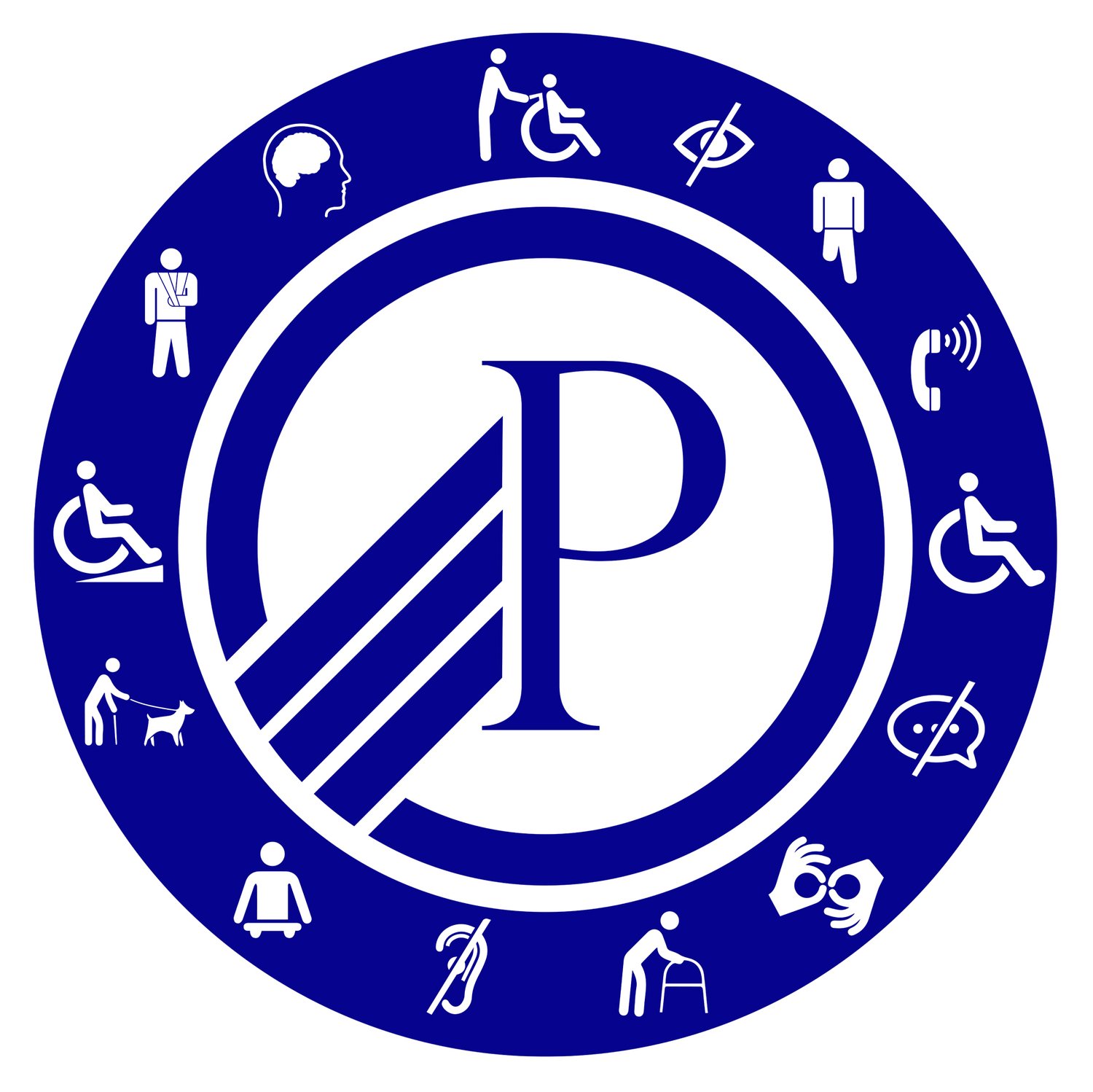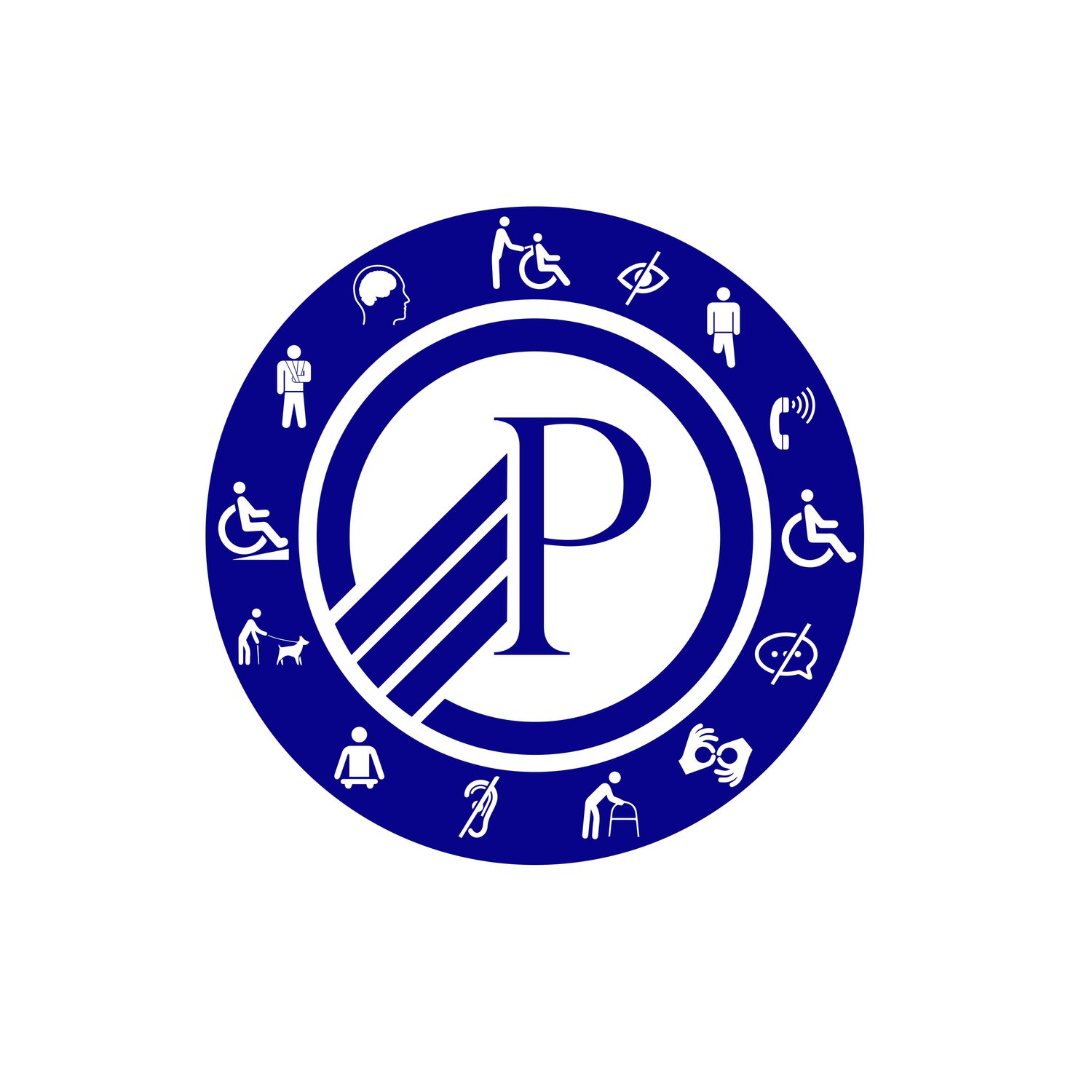We Have Different Definitions of Accessible: The Digital Age Needs a Serious Accessibility Upgrade
By Jason Hahr
According to Georgetown law school, digital accessibility is defined as “the inclusive practice of removing barriers that prevent interaction with or access to websites or digital tools and technologies by people with disabilities.” When I read the above quote, I immediately asked who determines what is “accessible?” As much as I hate to say it people with disabilities live in an able-bodied world. What the able-bodied community calls accessible is often far from accessible. This inequity is especially evident in the digital world. By discussing what my personal experience is with accessibility in the digital age, this essay will highlight not only where the digital world stands in terms of being inclusive for all but will also suggest that the best way to improve accessibility for all is to involve more people with disabilities in designing the digital world.
My name is Jason, and I have severe cerebral palsy. I have authored another piece for this publication in which I mentioned that I need a tremendous amount of assistance to function daily. I did not mention that I am a journalist, blogger, disability advocate, and amateur screenwriter in that piece. As such, I spend most of the day connected to the digital world. In my experience, the digital world is not keeping up with changing times as far as accessibility is concerned. Throughout this essay, I will discuss two pieces of technology: Dragon NaturallySpeaking and the screen reader program built into Windows. My experience with these pieces of assistive technology will point out common accessibility issues that we all face.
An excellent place to begin is with Dragon NaturallySpeaking. For those who are unaware, Dragon is a voice-recognition program that was first introduced to the public in 1997 by Dragon Systems. It was the first program capable of recognizing continuous speech. There were other attempts at speech recognition as early as the 1800s; however, these were simple machines that could only record a few words at a time. The NaturallySpeaking franchise has been around for almost 25 years. And I have been using it since the early 2000s. You can practically say that NaturallySpeaking and I grew up together. Even though it has made significant progress throughout the years, there still is room for improvement. What follows is a breakdown of three critical areas in which Dragon needs to improve to keep up with the digital age.
1. I still must write almost all my digital content in a Word document first - Dragon is excellent when writing in Word, but everything falls apart once you enter the digital space. Maybe it’s just me, and I have not figured out how to make it work. Still, when I do anything on the web that involves writing, whether it be sending an email, filling out a survey, posting on social media, or writing a proposal for a new freelance job, the ability for me to edit my work is nonexistent unless I write it in Word first.
2. I am forced to change the browser I use every so often for some reason I have not yet figured out; every so often, I have to change the Internet browser I use because of the latest update to the Dragon software. For example, I used to use Firefox because I liked their interface, but now I am forced to use Microsoft Edge.
3. Some essential functions of Dragon still require me to use the mouse/keyboard - when I am writing a document or browsing online, there are some instances where I still have to use the keyboard as a mouse. I have limited dexterity in my hands, and to compensate for this lack of movement, I use the keyboard as a mouse more often than not. For those unaware, you can use the keyboard keys (tab and space bar) to navigate a web page. If a webpage is coded correctly, this can significantly improve accessibility. However, if you use your voice to work the keyboard, you cannot say (tab) and get the same result. You’re in the same boat with the space bar key. Overall, I believe Dragon is a great tool, but it’s not quite perfect. If I had to give the score, I would give it a 70 out of a possible 100 points. Now that we addressed Dragon and where it needs improvement, we can move on and discuss the second piece of assistive technology that is vital for me to participate in the digital world.
There are many forms of cerebral palsy. Some people can walk; others are in wheelchairs, while still others have cognitive impairments. I was lucky enough not to have CP affect my mind. I use a wheelchair to get around and have poor vision. It is my vision that we will examine for the rest of this essay. Due to my impaired vision, I either have to magnify things to see them or use some form of a screen reader. Most of the time, I use the screen reader that is built into Windows. However, similar to Dragon, my screen reader presents a unique set of challenges. For the purposes of this essay, I will discuss two areas that present difficulties for me:
1. If a website’s code is not written correctly, i.e., with accessibility in mind, this will present difficulties for my screen reader - this goes back to what I said earlier; it’s all about the code. If the code is not properly broken into segments, a screen reader will read all the text on a website verbatim without pausing for emphasis or let the listener know where one sentence stops and the next begins.
2. As a result of a website not being coded correctly, I have to highlight specific portions of text and transfer it to a Word document - seeing as most websites are not written with accessibility in mind; I often have to highlight a particular part of a website and move it to a word document so that my voice recognition software can read it to me, which can be very time-consuming. If someone like myself has little patience, it might dissuade them from visiting a particular website. As I did with Dragon NaturallySpeaking, if I had to rate the screen reader built into Windows, I would give it a 70 out of a possible 100 points as well.
In closing, it is clear that the digital world has come a long way, but it still has a long way to go before it can be deemed fully accessible for all. Although this piece focused on two specific pieces of technology, there are other equally important pieces of technology to consider when developing one’s website. I hope this essay will serve as a starting point to improve accessibility in the digital world. If someone with a disability read this and decided to become an accessibility consultant, that would be awesome. I would, but I don’t know all the technical stuff. I will end by borrowing a slogan from the disability rights movement when I say remember this, “Nothing about Us Without us!”


